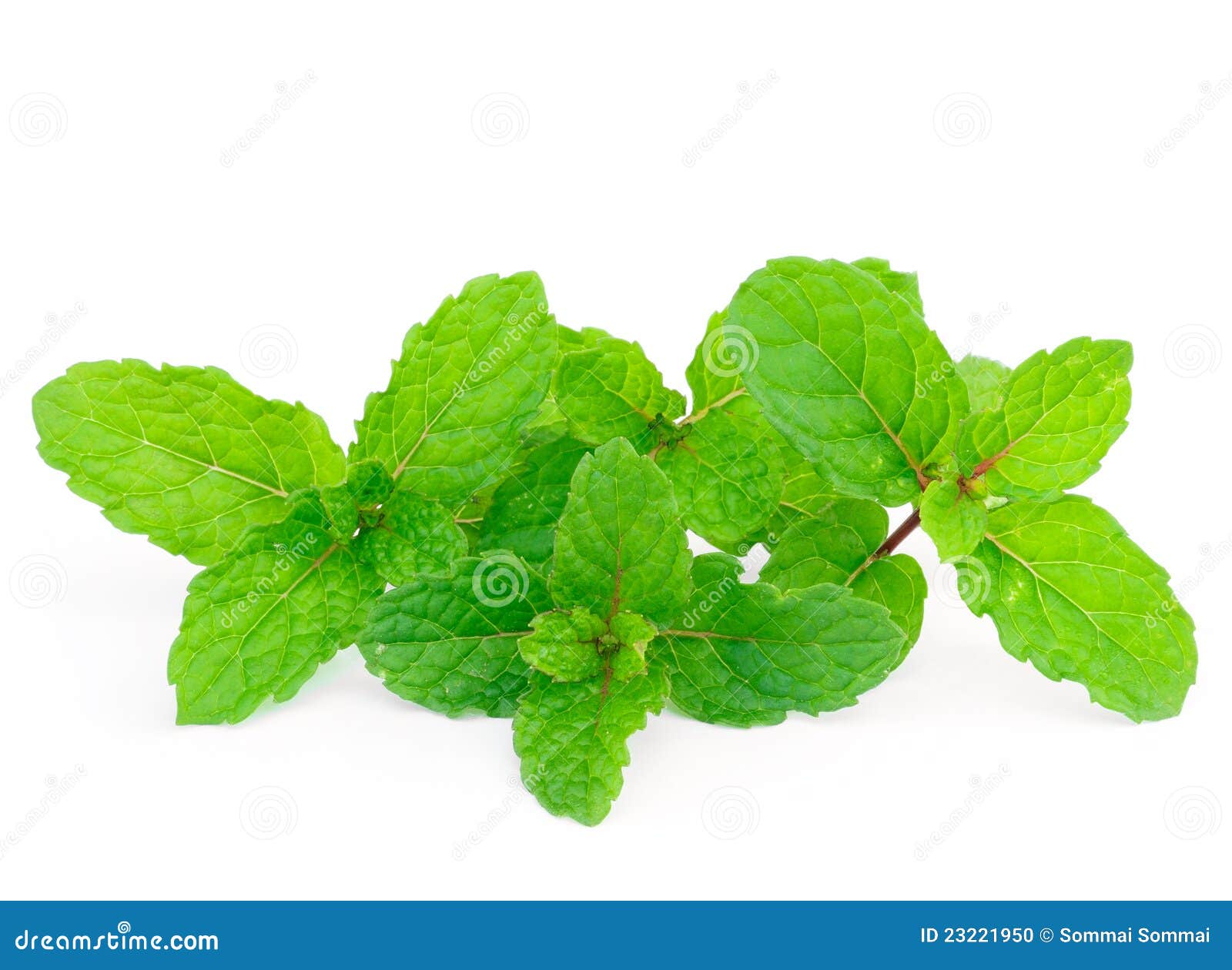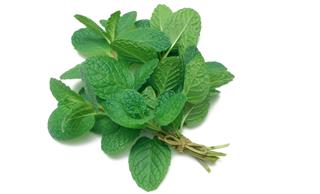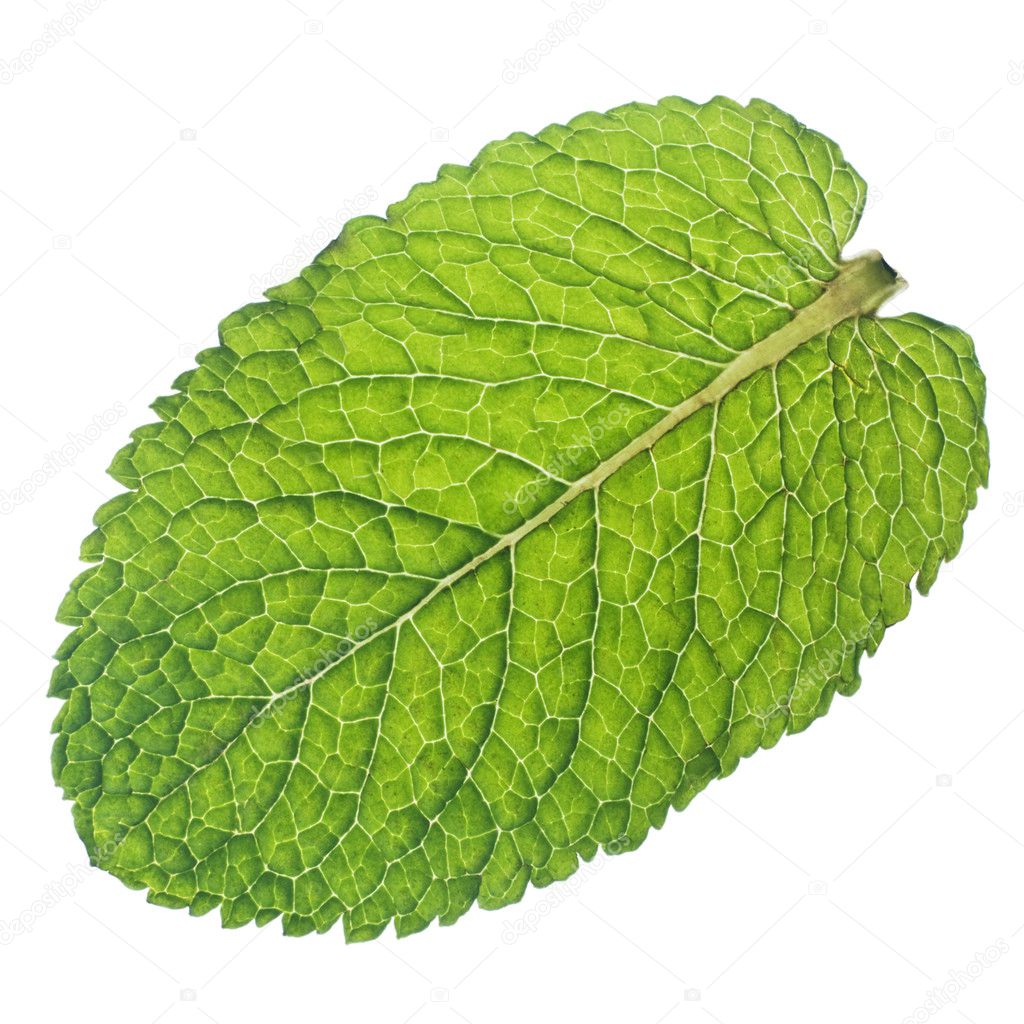
The United States, India, and China are the world’s largest producers of mint, with the U.S. Today, there are two types of mint that are produced commercially on a large scale throughout the world-spearmint and peppermint. Cultivation Spearmint and peppermint are the most widely grown types of mint in the world. These preparations included oils, tinctures, spirits, water, and lozenges with some form of peppermint or spearmint being utilized. shifted from the Midwest to the Pacific Northwest in the 1920s.ĭuring the American Civil War in the mid-nineteenth century, medical and pharmacy textbooks referenced mint preparations. Due to heavy disease issues, mint oil production in the U.S. This led to an established market for mint in the United States by the 1800s. Eventually, American farmers from New Jersey and New York began their own production of peppermint and spearmint. This suggested that large quantities of mint were being imported from Britain at that time. In the 1700s, mint oil advertisements began to heavily surface in America. So instead, he gave her a powerful scent when her leaves and stems were crushed so that she could “sweeten the air.” Mint Oil Becomes Popular in America By the 1800s, mint was widely grown in the United States. Legend said that Pluto was unable to turn Minthe back into a nymph. She was said to have changed Minthe into a plain, low-growing plant that was easy for people to step on. Pluto’s wife, Persephone, overcome by jealousy. According to Greek mythology, Minthe (or Menthe) was Pluto’s girlfriend. The name given to the mint genus ( Mentha) was thought to have been coined by the Greek philosopher Theophrastus as an allusion to a figure named Minthe.

Named by the Greeks Mint is said to have been named by the Greeks after Pluto’s girlfriend, Minthe. This document described how mint was used to aid digestion, freshen breath, stop vomiting, and treat flatulence.Īnother source that’s even older than the Ebers Papyrus, dated around 1880 B.C., was attributed to King Hammurabi of Babylon who described that mint should be used for the treatment of gastrointestinal issues. One of the first documents mentioning mint was an ancient Egyptian document known as the Ebers Papyrus dating to around 1550 B.C. The uses of mint, however, have been documented for many thousands of years. Nevertheless, it wasn’t until 1696 that one of the mint species, namely peppermint ( Mentha x piperita) was fully described by English botanist John Ray, who lived from 1627 to 1705. Mints have been known to man for a long time and used for various reasons both for culinary and medicinal purposes. Most sources point to the Mediterranean, Africa, and Asia. It appears that members of the Mentha genus have been thought to originate in different places. Plant History Mint has been around for thousands of years and has been used medicinally as well as in the kitchen.

MINT LEAF HOW TO
So, how do we grow these delightful herbs in our own gardens? And what are some ways we can enjoy mint in our drinks and dishes? Read on to learn more about types of mint and how to grow them in your garden! Because the mints easily cross with each other, sometimes you’ll see mint plants sold in plant nurseries just listed as “common mint”. Peppermint is a hybrid cross between spearmint and watermint ( Mentha aquatica).

The most famous mint species you’re likely acquainted with are spearmint ( Mentha spicata) and peppermint ( Mentha x piperita). This genus contains 42 species, 15 hybrids, and hundreds of varieties and cultivars. Mint species are all located within the genus Mentha. Catnip, bee balm, lemon balm, hyssop, salvia, and thyme are just a few of the species that belong in the mint family. The two main characteristics of Lamiaceae are that the stems are square or 4-sided, their flowers are two-lipped, open-mouthed, and tubular, and the leaves are arranged opposite of each other on the stem. You’ll find many aromatic herbs within this family, and they all have a few things in common. The perennial herbs we know as “mint” are members of the family known as Lamiaceae.


 0 kommentar(er)
0 kommentar(er)
